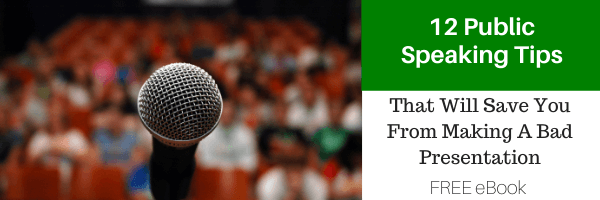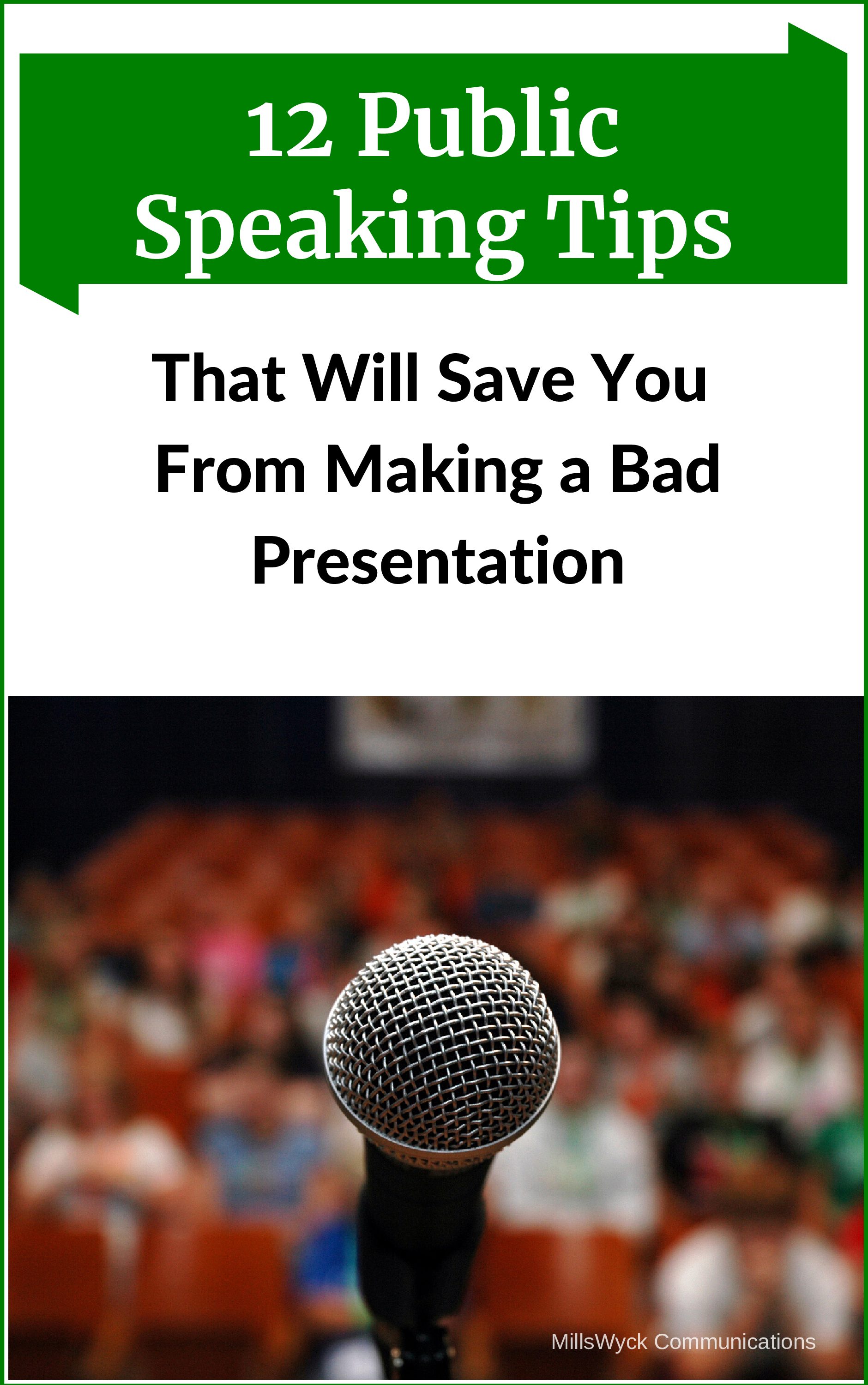I’ve been in meetings and training about non-stop the last two days, and have accrued enough blog material for at least a few weeks.Tonite’s was almost comical. Agenda for a program with breakout sessions. Master of Ceremonies explains each in detail. People are ready to move. First breakout session comes and goes (more on it in another post). I chose the second one because a) I was guaranteed a seat and had stood through the first, b) the room was much cooler than the standing room only one, and c) I was interested in the topic. Remember, your audience will have similar lofty ambitions.Presenter turned out the be rather competent in the technical skills of delivery, but two things really stood out and bear worth mentioning. First, he couldn’t get everyone’s attention. There was much milling about between sessions, and he asked, “Can I have everyone’s attention?” He didn’t bother to answer his own question, but it was clearly a resounding “NO!” It took him a full 30 seconds to try again, then he clapped and after another 30 seconds got their attention. If you’re going to speak to auditorium audiences, you need a way to get attention. Learn to whistle, bring a train whistle, slam a book, have a microphone, send people around to help, but you have got to start with their attention or you may never get it.Speech went off without a hitch. Passion, gestures, catchy list of three points and a poem — it’s all good. Except that the topic he presented had nothing to do with the topic that was printed, described by the M.C. and what everyone expected. After hitting his closing point, he stopped for questions (haven’t we already discussed this today?! :-)) There was about a two second pause and a hand shot up in the front row. The question made no apology and little attempt to hide contempt: “I thought this session was on A. You didn’t say a thing about that.” Immediately about half the audience started to buzz with shouts of “Yeah, that’s what I thought, too!” Well, since it was explained in the opening session that way, I guess they had a right to be miffed. There was a sheepish look, a half-hearted apology, and a smile and “Are there any other questions that don’t have to do with A, because I don’t know anything about that.” Message? This isn’t about you. It’s about me. And I know that’s not what the presenter intended, but he was there during the intro, and should have said something then, or at least at the beginning of the speech.Knowing the organization how I do, it’s not hard at all to imagine how this happened. Agenda maker asks for presenters; presenter volunteers and gives title (or not). Agenda maker types title (or makes mistake). M.C. interprets title and makes blurb. Presenter too timid to break in and correct. Felt bad for the guy. A little. But he failed Rule #1.A little math. If:Delivery = good
Content = bad. Then:Content + delivery = bad
Give your audience the content they expect, or change the expectations.


